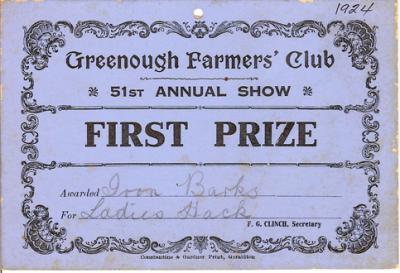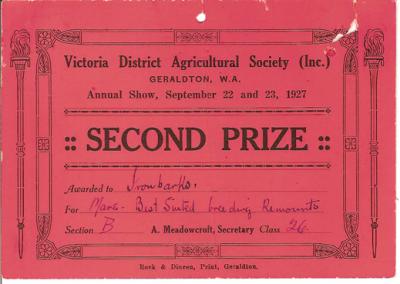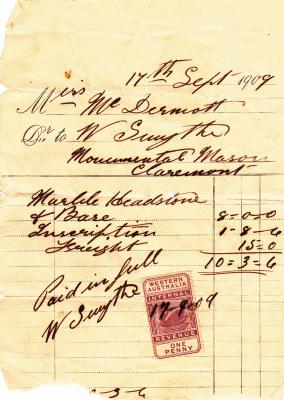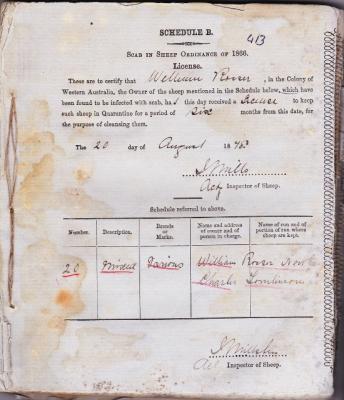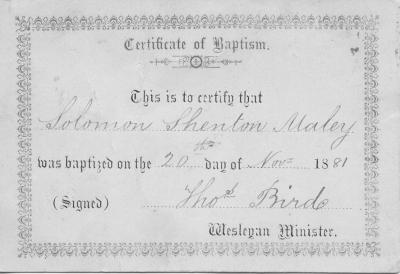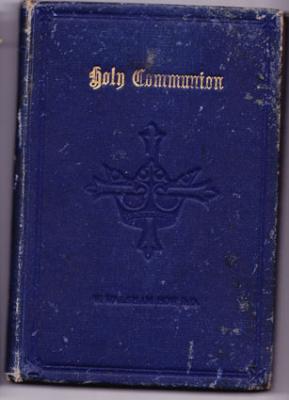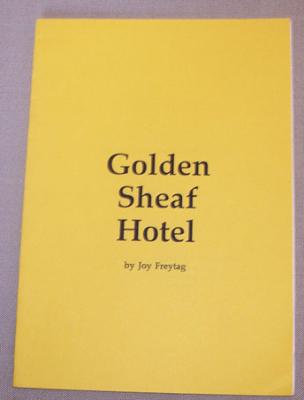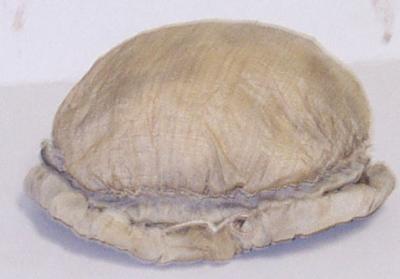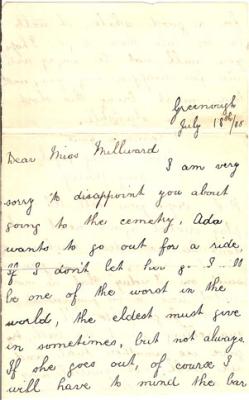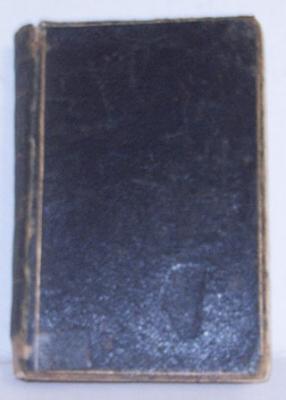Ticket-of-Leave Regulations Book
186913 page Regulation Book for Ticket-Of-Leave Holders
Between 1850 and 1868, 9,721 male convicts were transported to Western Australia on 43 convict ship voyages. Out of all those convicts sent to Western Australia, close to one third, along with many pensioner guards (British army veterans who also came out on those ships) were to live, work and die in the Victoria District.
A convict was defined as a criminal who could be transported if his sentence was of seven years or more for a crime committed in the British Isles or as a soldier wherever the British Army was stationed. The first two years of imprisonment were usually served in the home country, with the first nine months being spent in solitary confinement. He could then become a probationer, a status achieved by good behaviour that gave the prisoner the privilege of working outside the prison under a warder’s supervision. A ticket of leave was granted to a probationer after a specified period (adjusted according to behaviour). He could then be self-employed; though his life remained bound by restrictions as articulated in this Ticket-of-Leave Regulations Book.
This booklet was found in the attic of Maley's Store, Greenough.
Details
Details
"Western Australia Regulations for Ticket-Of-Leave Holders" printed in 1869 by the Government Press, Fremantle.
This Ticket-of-Leave Regulations Book is an important resource in providing information about the control of convicts. Land owners and business man such as John Maley depended upon labour provided by those ticket-of-leave men for the development of the Greenough region.
The object 'Regulation Book for Ticket-Of-Leave Holders' (GMOB0137) has high aesthetic significance, given its (form, colour, texture) and has some rarity value. The item has low scientific significance, although being representative of the class DOCUMENTS/Pamphlets in poor condition. The item has high historic significance for the local community and possibly for the State and has high interpretive potential. This item has very high social significance given it was associated with Maley's Mill Fmr. Victoria Flour Mill(1869,1966),
Other items from Greenough Museum and Gardens
- Wool Press
- Greenough Farmers' Club First prize certificate
- Victoria District Agricultural Society Second prize certificate
- McDermott headstone receipt
- Quarantine License Book
- Solomon Shenton Maley’s Baptismal Certificate
- Stuffed Little Corella
- Book "Holy Communion"
- "Golden Sheaf Hotel"
- Norah Savage’s Bonnet
- Letter written by Amy Maley to her teacher
- Greenough Farmers' Club Journal
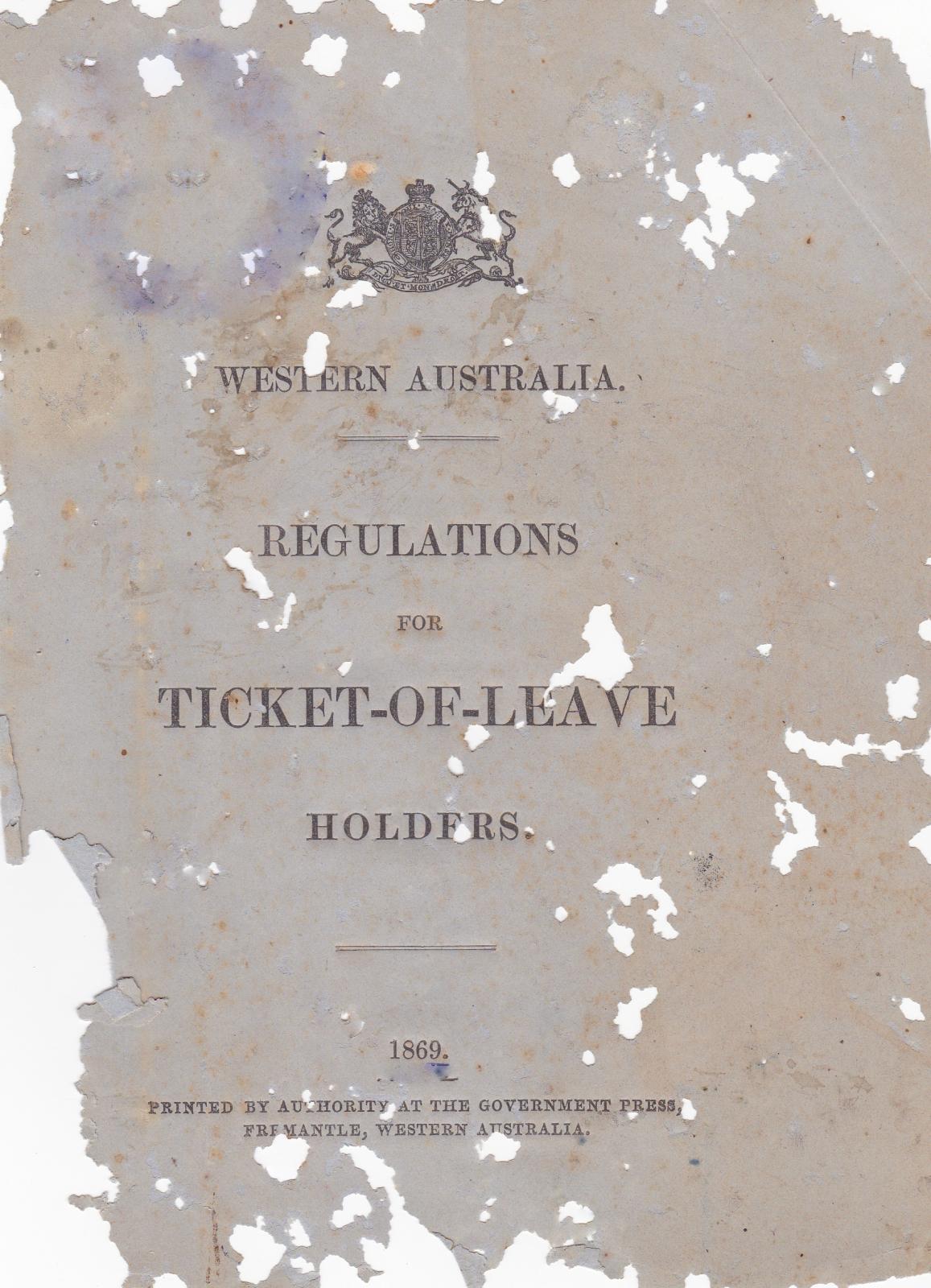
Scan this QR code to open this page on your phone ->


